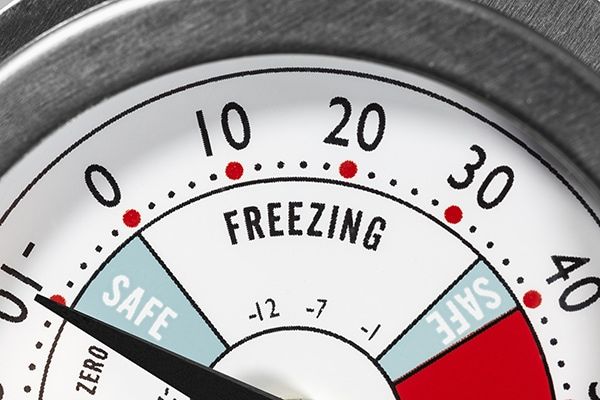Samsung Ice Maker is Not Making Enough Ice
Summer fun often dictates the need for ice, whether it’s to fill a cooler with popsicles or chill champagne outdoors. But what if a glance in the ice bin reveals less ice than ever before, just when you need it most? From a clogged water filter to a faulty ice maker assembly, we’ll troubleshoot why your Samsung ice maker is not making enough ice.
What to Do When Your Samsung Ice Maker Is Not Making Enough Ice
When you need more than just a few ice cubes there’s often little time for troubleshooting. We’ll streamline the process by discussing the most common problems and solutions when your Samsung ice maker is not making enough ice. But first, it’s helpful to know exactly how much ice your ice maker should be producing.
How Much Ice Your Samsung Ice Maker Should Produce
When operating normally, your Samsung ice maker should produce about 120 ice cubes per day. This typically means it makes 1 tray of ice cubes every 90 minutes. However, there are two occasions when ice-making production can be altered:
- New installation: if your Samsung refrigerator is newly installed it may take the ice maker 6-12 hours to produce a batch of ice.
- Power Freeze option: Power Freeze enables the refrigerator’s compressor and freezer fan to run continuously for 10 hours. This speeds up the ice-making process by providing 1 tray of ice cubes every 55 minutes.
How do you know if your ice maker is slow making ice? If it’s only making 50-90 cubes per day, the following reasons could be the problem.
High Freezer Temperature
If you find your ice maker not making ice fast enough, first check your freezer temperature. If it’s set too high, your ice maker will not be able to produce enough ice. The ice may also be smaller or misshapen. In order for your ice maker to work optimally, the freezer temperature should be set at, or below, 0°F.
Anything above 10 degrees ensures your ice maker won’t work properly. If you find your ice maker slow making ice or making none at all, check the temperature settings of your freezer. If the settings seem fine and you notice food thawing from warmer temperatures, there may be a bigger problem. Check the evaporator coils for frost. Frost accumulation on the coils indicates a failure in the defrost system. In this case, call a professional for refrigerator repair.

Clogged Water Filter
Another reason for an ice maker not working properly could be a clogged water filter. Over time, the water filter can become blocked with the particles and contaminants that it screens from the ice maker’s water supply. When this happens, less water is disseminated to the ice maker, resulting in decreased ice production. You may also notice that ice tastes bad or has an unpleasant smell.
To prevent clogs, it’s recommended that you change your refrigerator water filter every 6 months. To find the right filter for your refrigerator model, look in the user manual.
If your Samsung ice maker is not making enough ice, change the filter immediately to ensure that it has an adequate water supply. Replacing the water filter will restore proper water pressure to the ice dispense system.
Faulty Water Inlet Valve
Does the ice maker’s water supply still seem diminished, even with a new water filter? In this case, a faulty water inlet valve could be to blame. This electronic valve opens and closes as needed to provide water to the ice maker. However, without the right water pressure, the valve won’t operate correctly. When assessing the water inlet valve, first make sure it has a psi of at least 20.
If the valve demonstrates the correct water pressure but the ice maker still doesn’t receive enough water then the valve may be faulty. A faulty water inlet valve can’t be repaired and requires replacement. The valve is faulty if it’s getting adequate water pressure and power but your ice maker won’t fill. In this case, it needs to be replaced to fix the problem.
Defective Ice Maker Assembly or Module
If you notice your ice maker not making ice even after these troubleshooting tips, then the ice maker assembly may be defective.
The ice maker module is a motor that controls the ice assembly cycle. When this part fails, the ice maker won’t fill or release fresh ice. If there is one defective component it’s often necessary to replace the entire ice maker assembly, as the parts are rarely sold separately. We recommend professional service for this repair.
The experts at Reliable Appliance Service can handle any ice maker repair . Schedule your professional service today for a quick return to summer fun.

